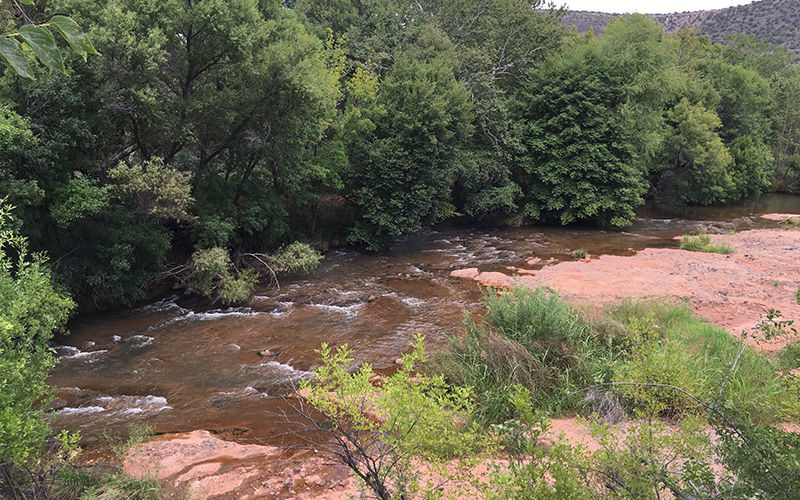PHOENIX ŌĆö The failure of a federal agency to mark an overhead cable does not make the government liable for the death of a helicopter pilot who flew into it, the 9th Circuit Court of Appeals has ruled.
In a unanimous decision on Friday, the three-judge panel acknowledged the cable installed by the U.S. Geological Survey about 40 feet above the Verde River was ŌĆ£virtually invisibleŌĆØ to aircraft pilots. It was that cable that a helicopter piloted by 70-year-old Raymond Perry, owner of Arriba Mexican Grill, struck in 2012, killing him and his three passengers.
But Judge Margaret McKeown, writing for the court, said the agency did nothing wrong in deciding not to place markers or warning signs.
She said the agency adopted Federal Aviation Administration regulations. And they require that only objects more than 200 feet above ground level must be marked.
People are also reading…
Anything else, the judge said, is within the ŌĆ£discretionary functionŌĆØ of the agency ŌĆö even in matters of public safety.
There was no immediate response from the attorney who represents PerryŌĆÖs estate.
According to the National Transportation Safety Board, the helicopter was flying low through the Verde River Canyon nearly 7 miles southeast of Camp Verde when it collided with the cable.
Aside from the cable being too low to require marking, the NTSB said the accident occurred within a designated ŌĆ£special conservation area,ŌĆØ a place the FAA recommends avoiding. And if that is not practical, the FAA recommends that pilots ŌĆ£should make every effort to fly not less than 2,000 feet above ground level.ŌĆØ
That NTSB report also said the levels of an antihistamine in PerryŌĆÖs system also likely contributed to the decisions he made, with ŌĆ£cognitive and psychomotor impairment.ŌĆØ
In filing suit, PerryŌĆÖs lawyer said the U.S. Geological Survey should have marked the cable.
At the center of the issue is the cable in the Prescott National Forest, installed in 1934 to allow government employees to have access through a cable car to monitor the flow of the stream at that point.
McKeown acknowledged the USGS has repeatedly considered the question of whether to mark its cables. That also involved looking at cables that were less than 200 feet off the ground.
But in the case of the Verde River cable, she said the agency determined there were no prior accidents. Other reasons for deciding not to put lights or other markers on the cable, the judge said, included the cost of installation and the risk to employees installing markers.
And McKeown said markers would have impaired on efforts by the Forest Service to ŌĆ£minimize or eliminate visual distractionsŌĆØ given the riverŌĆÖs designation as a Wild and Scenic River.
All that, she said, means that USGS did nothing wrong in exercising its discretion not to put markers on the cable.
On Twitter: @azcapmedia










